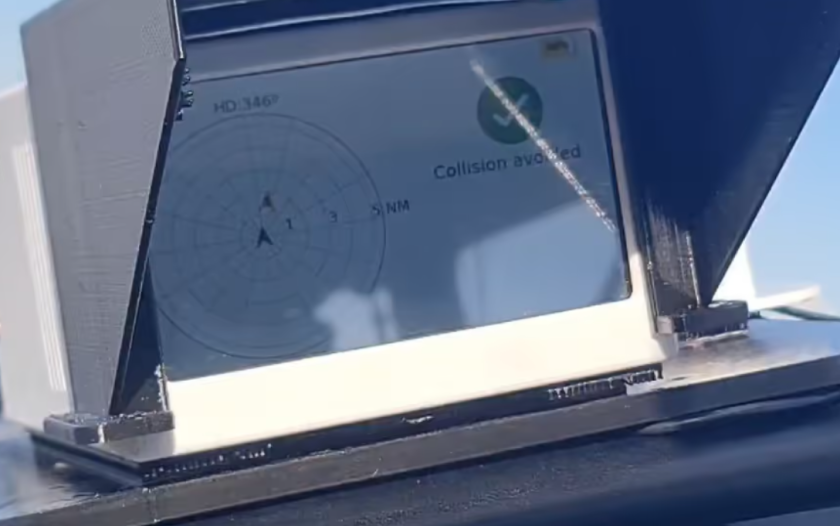The European research project Certiflight, a Galileo-based U-space service for the certification of flight tracks of UAS and ultralight aircraft, is finalising its validation plan to test different scenarios to demonstrate the viability of the technology in different use cases. The project, which aims to validate a system capable of reliably ensuring the position and flight path information of UAS and ultralight aircraft with legal validity inside U-space airspace, has been testing its technology in recent months in different parts of Europe in applications such as monitoring activities, airport inspection and agriculture applications, among others.
The latest test has been carried out in the airspace infringement and e-conspicuity features scenario. The objective was to demonstrate the effectiveness of Certiflight in providing proof of non-infringement for UAS operations, while also demonstrating its e-conspicuity features for general aviation aircraft. During the test it was shown that Certiflight integration during UAS flight validates speed obstacle conflict resolution algorithms – a geometric approach to detecting and resolving conflicts in airspace.
This method offers flexibility to incorporate various types of information and constraints, such as data uncertainty, positional and velocity limits, time constraints and intent. In addition, the system can prioritise different factors to ensure safe and compliant conflict resolution, while encouraging coordinated interactions.
The airspace violation and e-conspicuity functions play an important role in airspace management, especially in airport operations where no-fly zones are strictly enforced. During the test, the Certiflight-equipped general aviation example flew through the airspace, allowing the system to show how it improves the situational awareness of the pilot. Through this process, the system provides conflict resolution warnings, including recommended course and speed adjustments.
The test was carried out in an area within Taranto/Grottaglie airport, close to the runway, where drones are not allowed to fly and therefore a case of airspace infringement detection and prevention was shown.
For more information




